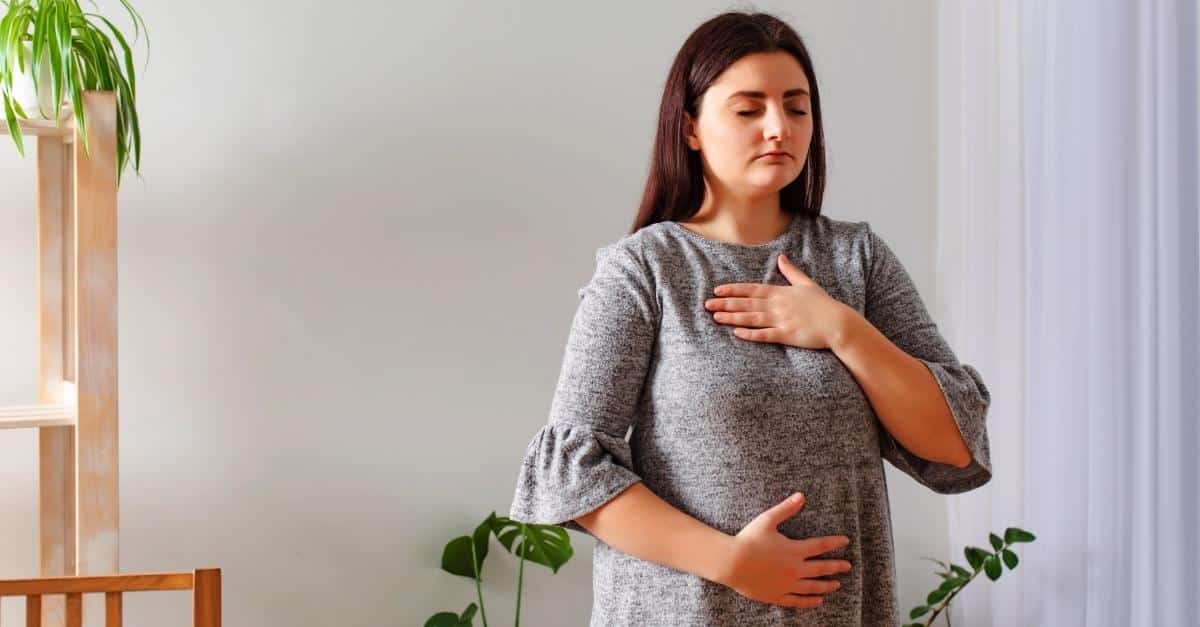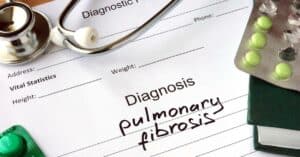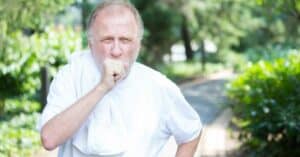When times get hard, remember to stop and just breathe.
Living with chronic lung diseases such as chronic obstructive pulmonary disease (COPD), pulmonary fibrosis (PF), and emphysema can often mean a daily struggle to breathe.
As the symptoms of these conditions are most notably shortness of breath, day-to-day life with these diseases can dramatically affect the quality of life of those who live with them.
In these cases, difficulty breathing can mean physical and mental impediments to one’s daily routine.
Although these struggles are common for those with lung disease, and there are natural and alternative treatments to address them, their effects on the mind and body are no-less taxing.
In these difficult moments, the most important advice is often forgotten: to simply stop and breathe.
With your health in mind, this article is here to offer you relief using a simple technique to calm your nerves and destress.
Pursed Lips Breathing: What Is It?
Pursed lips breathing is a breathing technique used to address breathlessness in those who have trouble breathing (typically associated with chronic lung disease).
As one of the easiest methods to control breathing, this technique is most effective when breathing is labored or under stress (for example, when engaging in exercise or other strenuous activity).
Although the method of using this technique is simple, it should be practiced 4-5 times a day until it becomes second nature.
Pursed Lips Breathing Exercise: Step-By-Step
- Relax your neck and shoulders.
- Inhale slowly through the nostrils for two seconds (keep your mouth closed); a deep breath is unnecessary; a normal breath will do just fine.
- Exhale through the mouth for four seconds (the extended time is the key). When exhaling, pucker your mouth as if giving a kiss.
- While breathing out, keep a slow and steady breath; don’t breathe out hard.
For those with emphysema, the Pursed Lips Breathing method is particularly useful, keeping pressure within the airways and keeping the large airways from collapsing.
This also has the added benefit of opening up the airways enough to release more air, decreasing the gas trapped in your chest.
Benefits of Pursed Lips Breathing
The Pursed Lips Breathing method offers significant mental and physical benefits.
For example, it can help in the following ways:
- Releases trapped air in the lungs
- It keeps the airways open longer and eases breathing
- Prolongs exhalation to slow the breathing rate
- Improves breathing patterns by moving old air out of the lungs and allowing new air to enter
- Relieves shortness of breath
- Promotes relaxation
Alternative Breathing Exercises and Treatments
Aside from the Pursed Lips Breathing method, the diaphragm breathing method or belly breathing method shows efficacy in restoring easier breathing in people with lung disease.
This method uses the diaphragm (where you’re supposed to breathe) to bolster oxygen inhalation.
Contrary to popular belief, proper inhalation actually inflates the belly, not the chest.
The diaphragm is the body’s breathing muscle and is inherently supposed to do most of the work.
When not using the diaphragm, the muscles in the neck, shoulders, and back are used, and unfortunately, your muscles don’t do much to move the air within your body.
In doing the Diaphragm Breathing Method, follow these steps:
- Relax your shoulders
- Place one hand on your chest and the other on your belly
- Inhale through your nose for about two seconds
- As you breathe in, your belly should move outward. Your belly should move more than your chest.
- As you exhale slowly through pursed lips, gently press on your belly. This will push up on your diaphragm to help get the air out.
- Repeat
Other methods for treating occasional breathlessness include splashing cold water on your face or hitting yourself with a cool gust of air; these methods stimulate the body’s natural responses to decrease the sensation of breathlessness.
Moving Forward
The Pursed Lips Breathing Method can be a great asset when trying to quickly calm your nerves and relieve short-term breathlessness.
As a core condition of chronic lung disease, frequent shortness of breath can devastate your quality of life.
However, changing your diet, consistently exercising, and quitting smoking can greatly affect the pronouncement of symptoms within those with COPD, pulmonary fibrosis, and emphysema.

Christine Kingsley, APRN is the Health and Wellness Director at the Lung Institute where she focuses on providing helpful online resources for people looking for information on various lung diseases, breathing exercises, and healthy lifestyle choices. She advocates for holistic care that involves working with your doctor to explore all options including traditional and alternative care while focusing on diet and exercise as proactive measures.









